






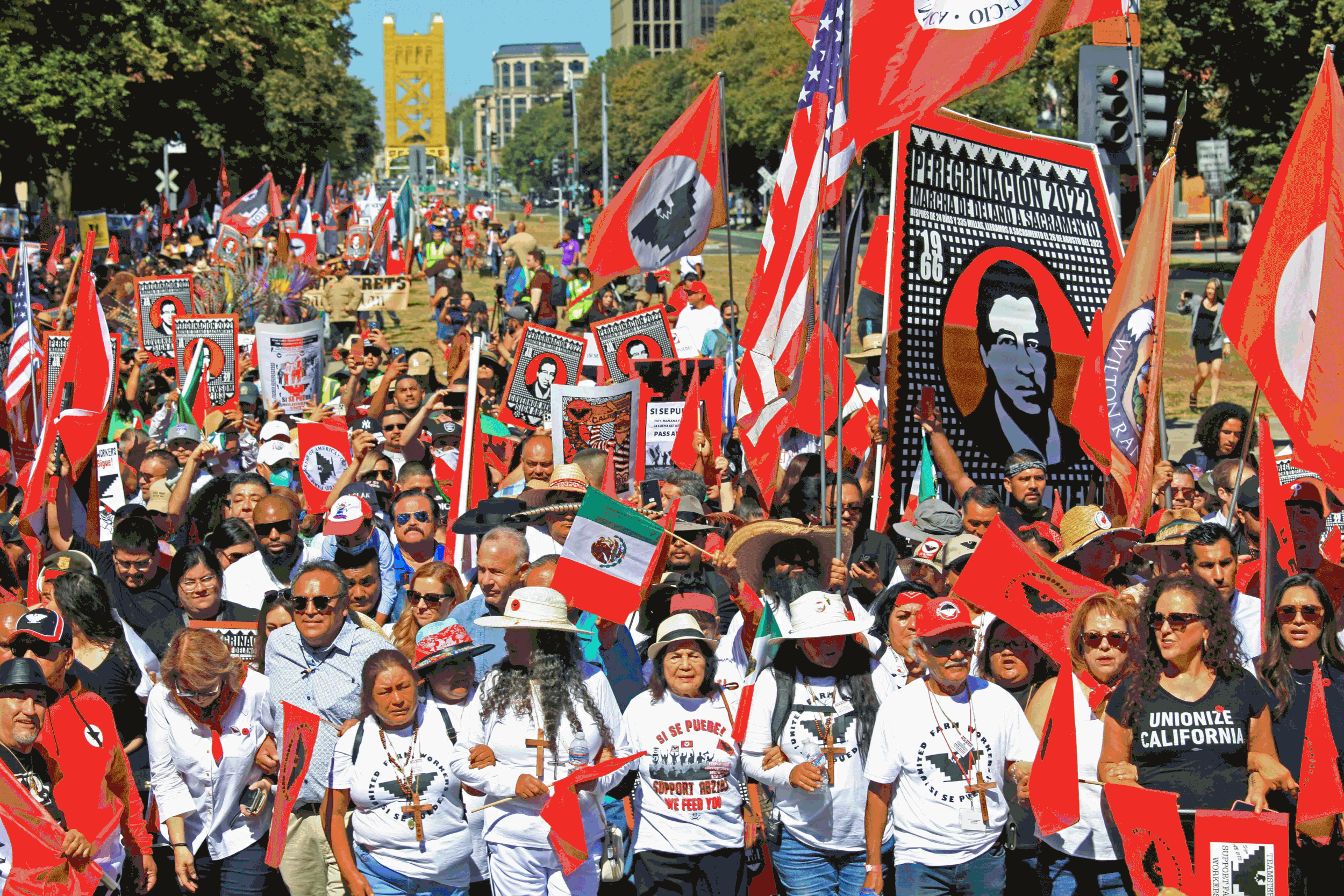


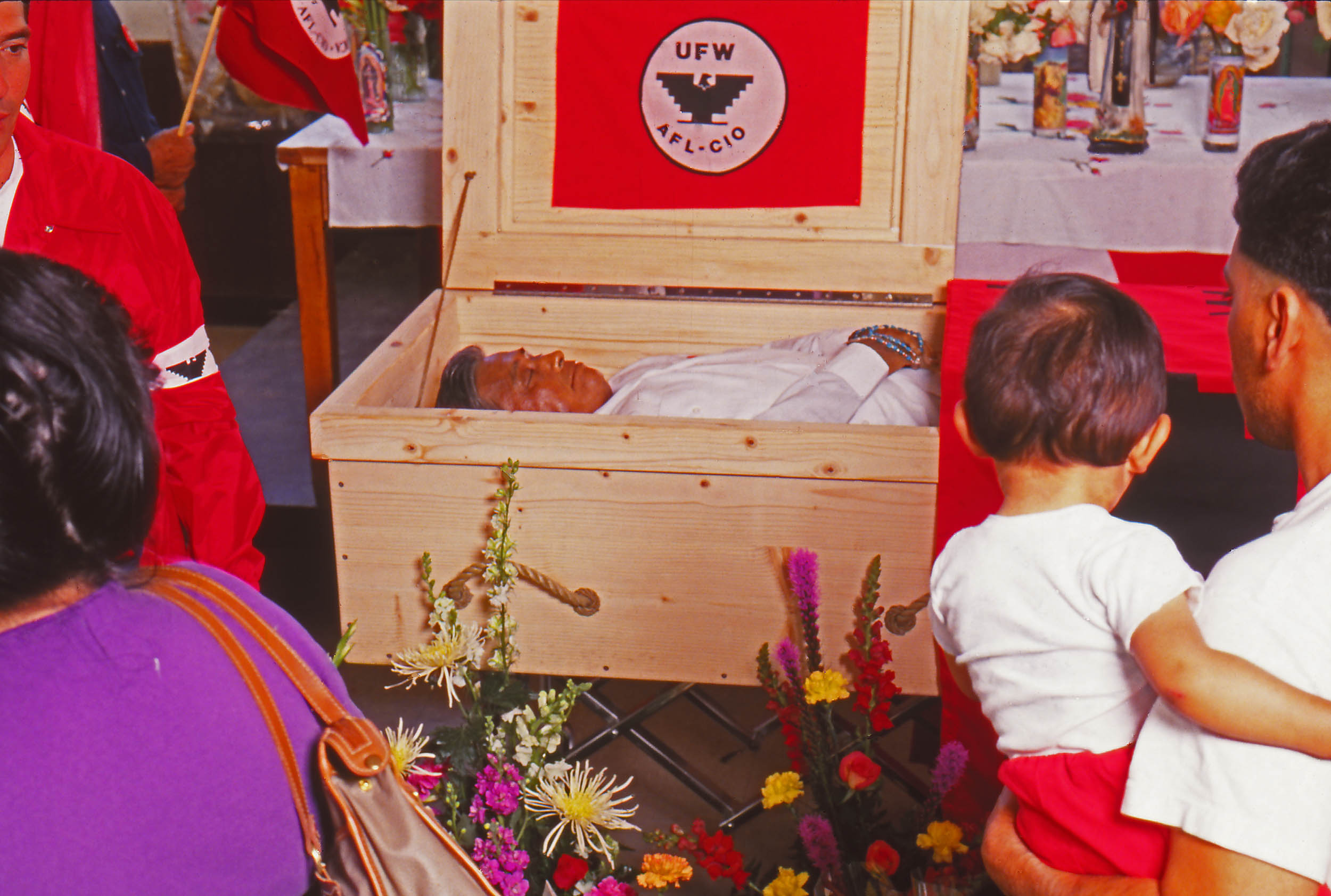













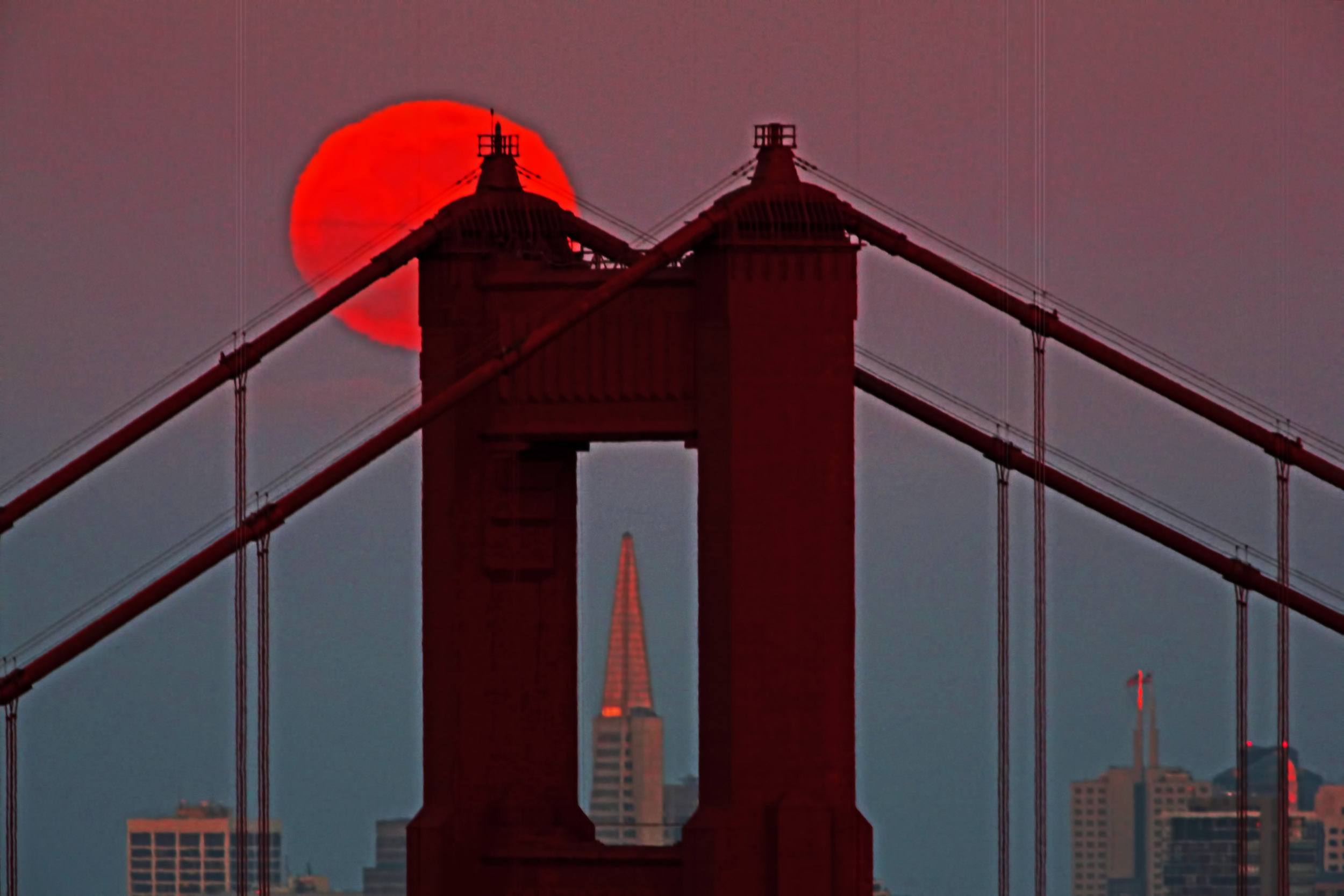
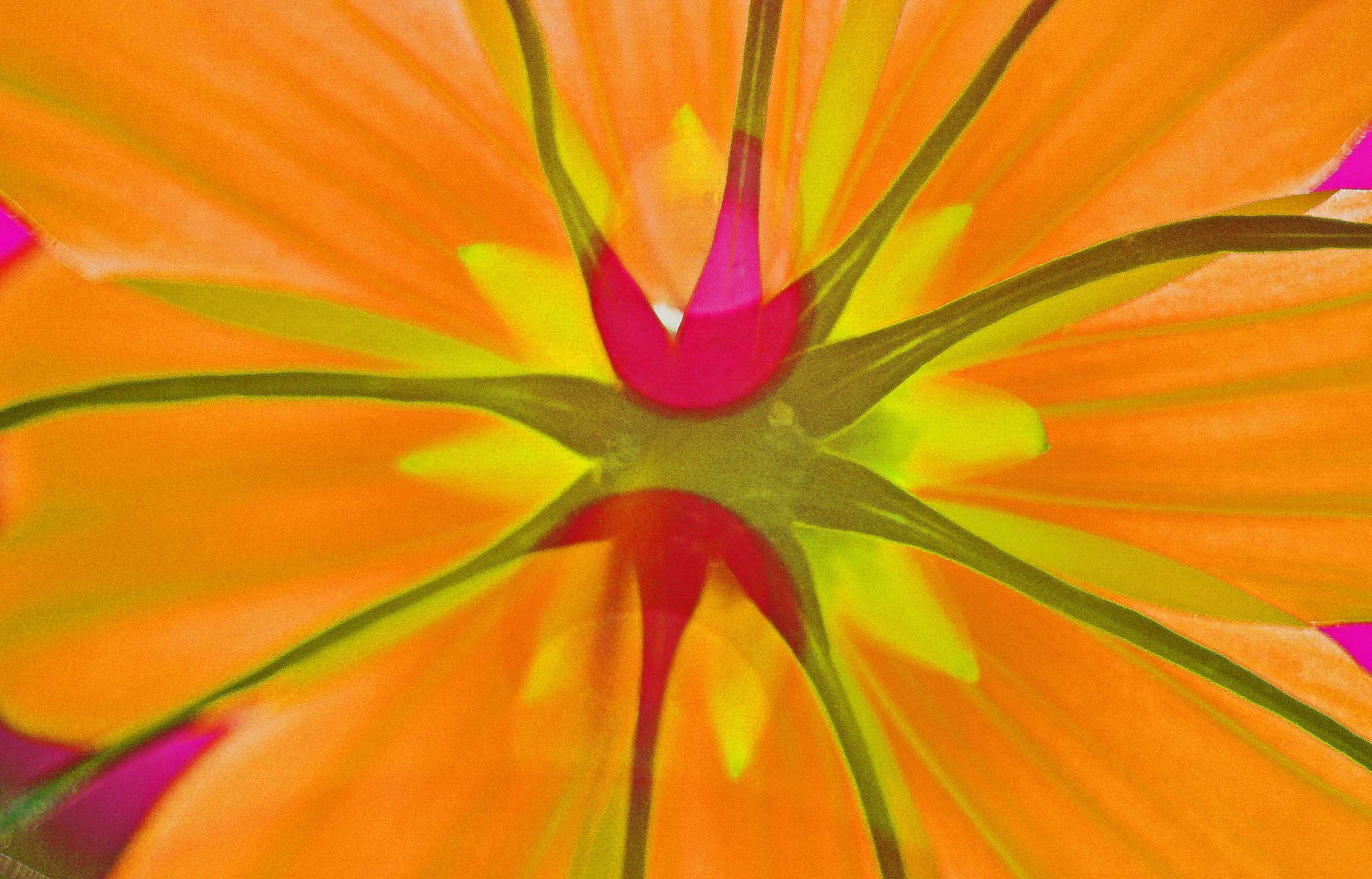
























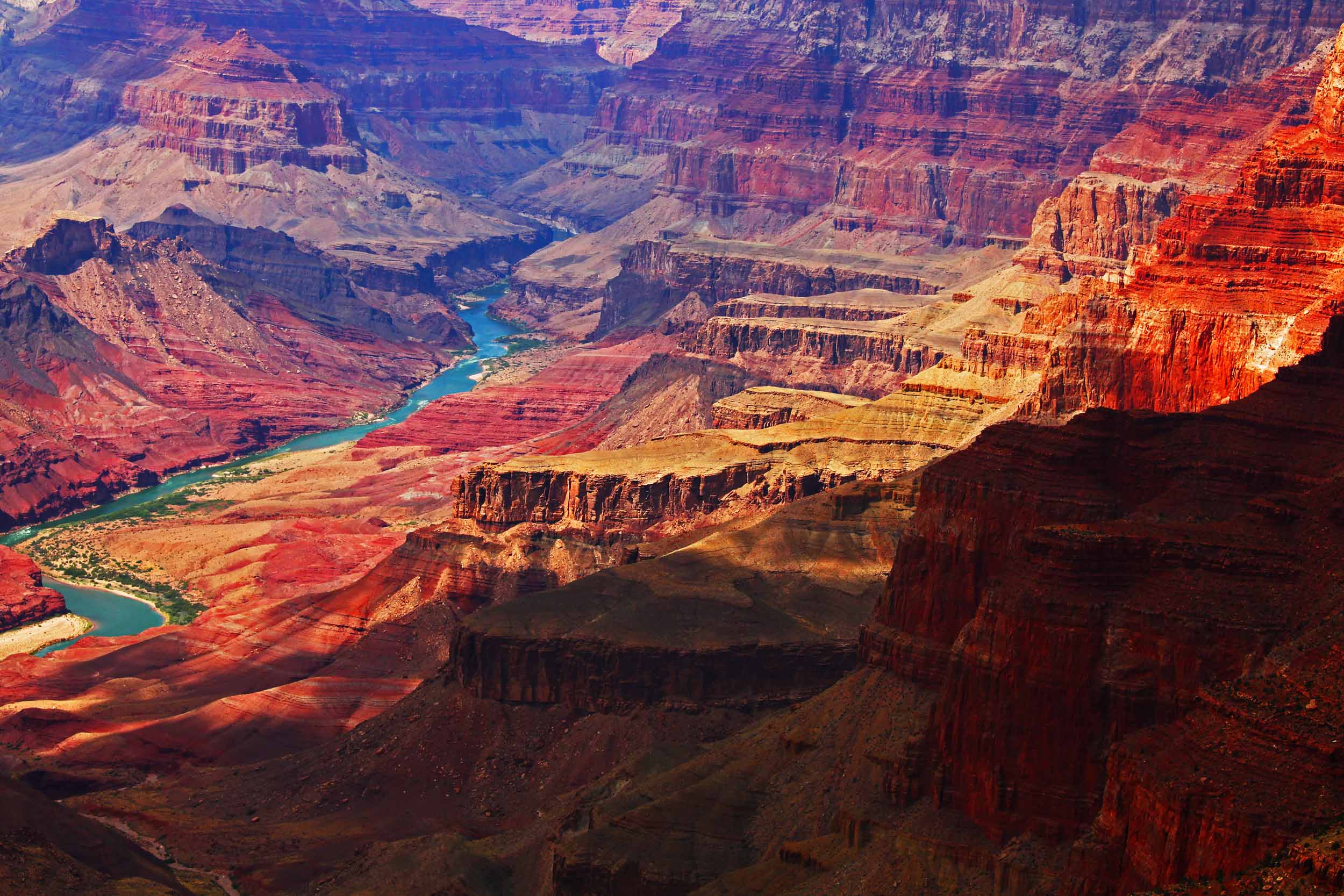


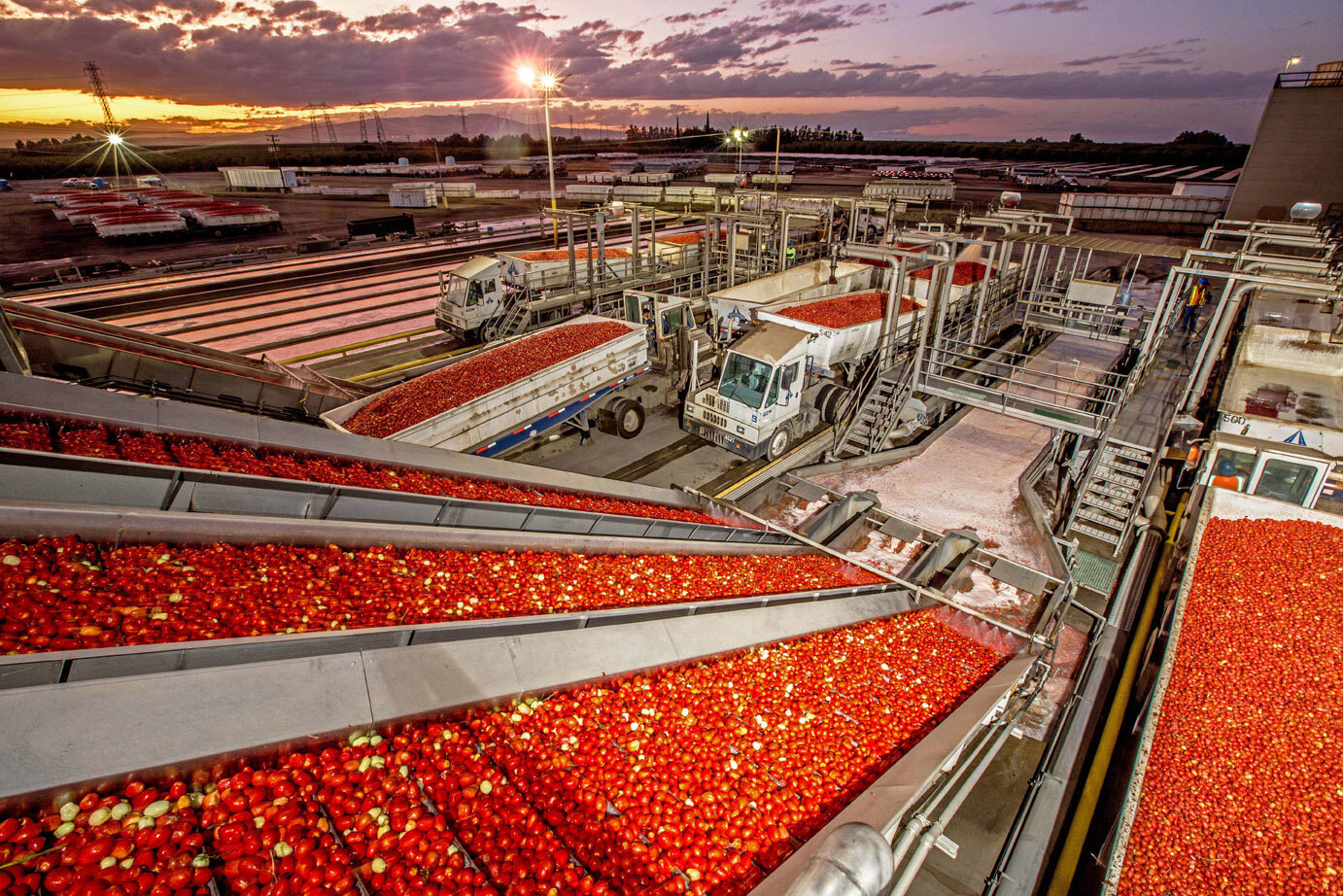

I am an academically-trained historian who photographs contemporary events in an effort to reach the widest possible audience. I try to cut across the truncations of knowledge that artificially separate scholars from the general public. As a historian completing a multi-volume, comprehensive history of California farm workers, I ply the archives and unfold the action in heavily footnoted scholarly tomes. But I also try to amplify what is the most substantial and extended visual account of any group of American workers.
Involvement with farm workers is a defining characteristic of photography in the Golden State. Every California photographer of consequence has at some time, for some reason, photographed in the fields -- Ansel Adams to Max Yavno. Their images have embedded themselves so deeply into the farm worker experience that it cannot be comprehended without contemplating their work.
While on assignment, I often find myself seeing the same scenes that Dorothea Lange recorded during the Great Depression. For years I let them pass. Today I do not hesitate to record them. Seeing the same scenes today that Lange saw tells us a lot about continuity and change. My goal is to amass a body of work that enters the public consciousness and serves as an organizing tool.
Although I occasionally work in black and white, most of my photographs are in color. To overcome the oppressive midway sun and to document conditions in labor camps and shantytown settlements tucked deep in ravines and canyons about the state I often employ studio-quality strobe light filtered through soft boxes. Until making the transition to digital technology while on assignment in Haiti, I shot with old Nikons, pre-auto-focus, banged-up, one of them still bearing the imprint of a rifle butt, with the black finish rubbed off the corners and the brass showing through. All but a handful of my pre-2011 images are film scans. I continued to use Kodachrome until it was discontinued in November 2010.
My technique is problematic. I never know how I’m going to handle a subject, often reverse myself mid-process, and frequently work simultaneously as a commercial, editorial, documentary, and journalistic photographer, even while returning to the academic life as a historian specializing in agriculture and farm labor. My goal as a photographer is to extend and amplify the work of Dorothea Lange, according to my own visual sensibility, and as a writer to continue and refine the engaged scholarship of Lang'e "husband," the great University of California, Berkeley "economist" Paul S. Taylor, who was my unofficial mentor.